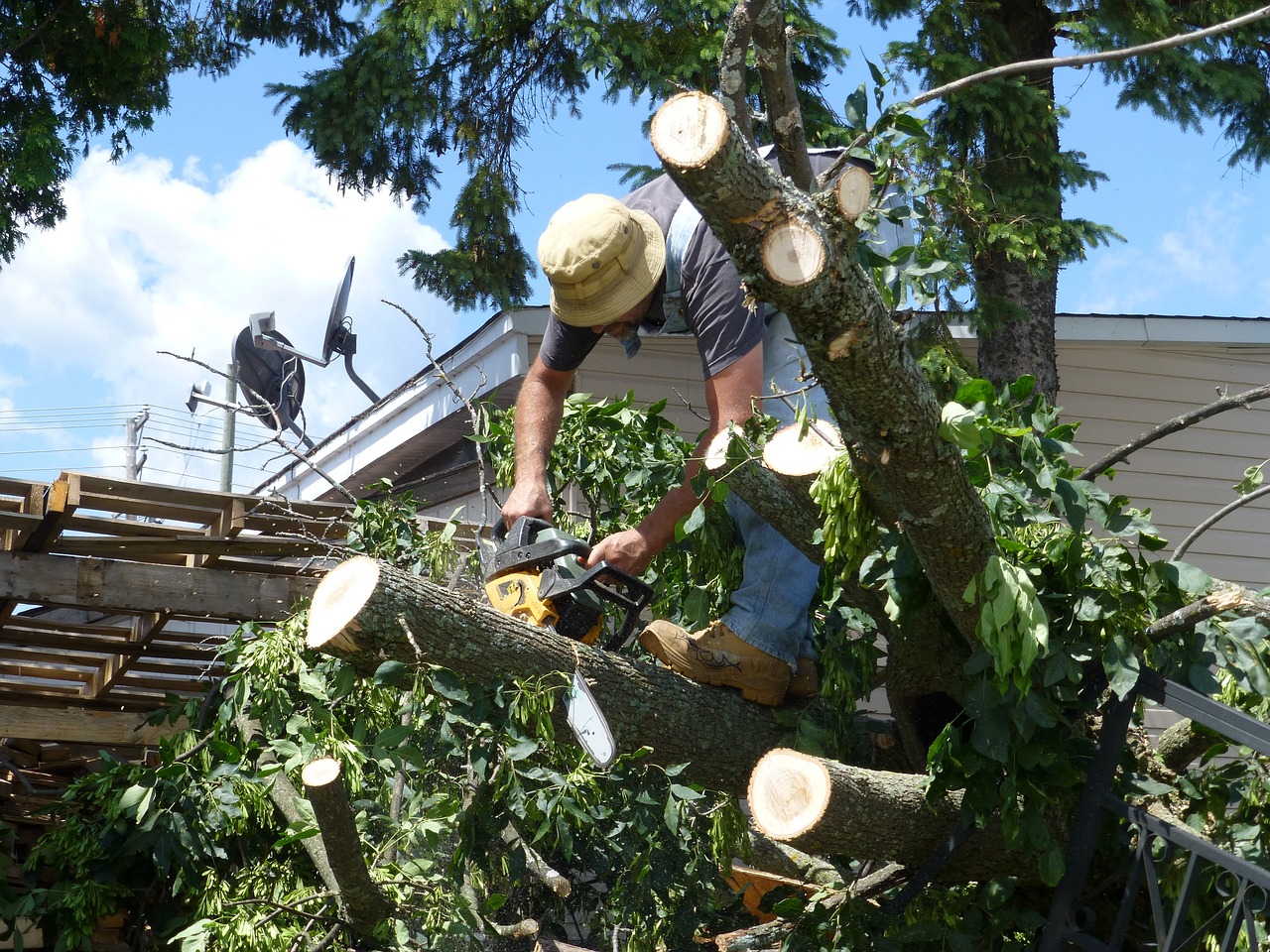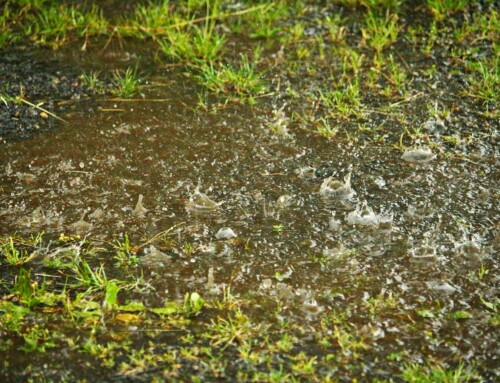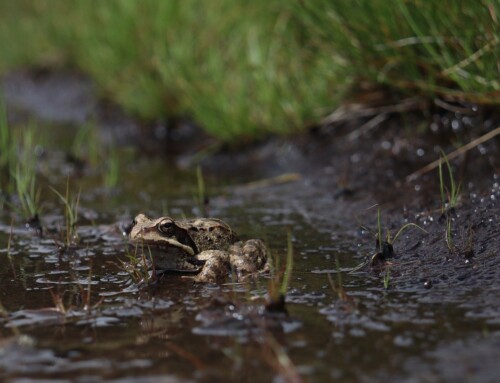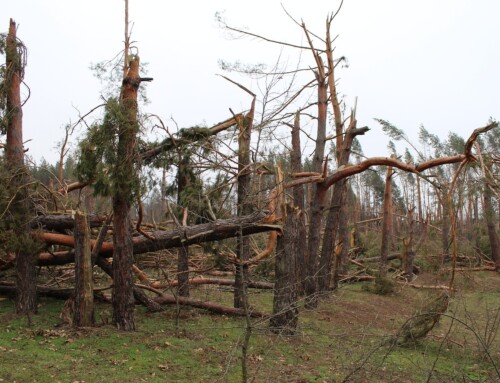If you live on the Gulf Coast of Florida—or anywhere else in Florida, for that matter—hurricanes are a way of life. Residents do not fear these storms; rather, we respect the power of nature and do our best to prepare each year for the potential high winds and rising water that may affect our homes and property. Hurricane season begins annually on June 1 and runs through December. While the odds of enduring a direct hit from a significant storm are low in many areas, we have seen the devastation that these storms can cause when they do arrive. One of the most iconic images of destruction after a hurricane is that of fallen trees and mountains of tree branches that have been cleared from yards and homes.
What Can Homeowners Do to Protect Trees During Hurricane Season?
A 2022 University of Florida study revealed that most trees can easily withstand tropical storm winds up to 95 mph. That number represents the upper limit of a Category 1 storm. Because the strongest and fastest winds are in the eye of the hurricane, many residents of Florida will experience winds at this level or lower even if the storm is a Category 2-5 elsewhere. The study was conducted to explain that trees should not be needlessly removed out of fear – but that they can withstand quite a lot.
Experts are well aware, however, that even tropical storm-force winds can wreak havoc on trees, so offer this advice for preparing your trees prior to any storm’s arrival.
Does planting trees in groupings help to minimize damage? The 2004 and 2005 hurricane seasons did result in research that indicated how planting trees in groups could keep them upright in a storm. However, urban or suburban trees are typically not planted in tight enough groups to gain this type of benefit. In fact, trees in yards are almost never growing in the tight proximity that the woods or a forest can provide.
What can homeowners do to mitigate tree damage in their suburban neighborhoods when they know a tropical storm or hurricane is imminent? Most of the defects that will affect a tree’s ability to endure strong winds are relatively easy for a professional landscaper to identify. In fact, most homeowners can spot the same problems, which include dead branches or decay on the trunk, which could indicate weakness. While you may be able to prune branches or take down trees, you can also hire an arborist who may be able to prune decaying areas without harming the tree or making removal necessary. Read More About Pruning Your Trees.
Are there trees that better withstand hurricanes? Although any tree is vulnerable during our strongest storms, there are some tree varieties that fare well against high wind events. These include sand live oaks (most resistant to wind damage) as well as the Southern magnolia, live oak, crape myrtle, bald cypress, and sabal palm. These trees are most resistant to losing branches or falling over in a storm. Remember, it can take many years for these trees to grow to maturity.
Important: If you prune branches and limbs before a storm, take them to a green waste disposal site before the winds begin. If left lying in a pile in your yard, these items can easily become dangerous projectiles.
How Can Homeowners Dispose of Fallen Tree Branches?
While it is important to take measures to protect your trees prior to a storm, it is equally essential to understand your options for tree removal and disposal. Although organic material, the dumping of tree and yard waste on such a large regional scale after a storm can be significantly detrimental – most notably in the overflowing of landfills not meant to process this volume or type of waste.
Most local municipalities will contract with a green waste disposal company to pick up and remove tree branches, limbs and trunks after a major hurricane. However, if your town does not offer pickup – or if the sheer volume is causing you to live with piles of debris for weeks or months – you can drop off your debris at a local green waste collection site.
The Veransa Group is a trusted provider of green waste disposal services and a trusted partner of many Florida municipalities. If you are responsible for your town’s waste disposal efforts, please call today to learn more about our commitment to sustainability and recycling.




